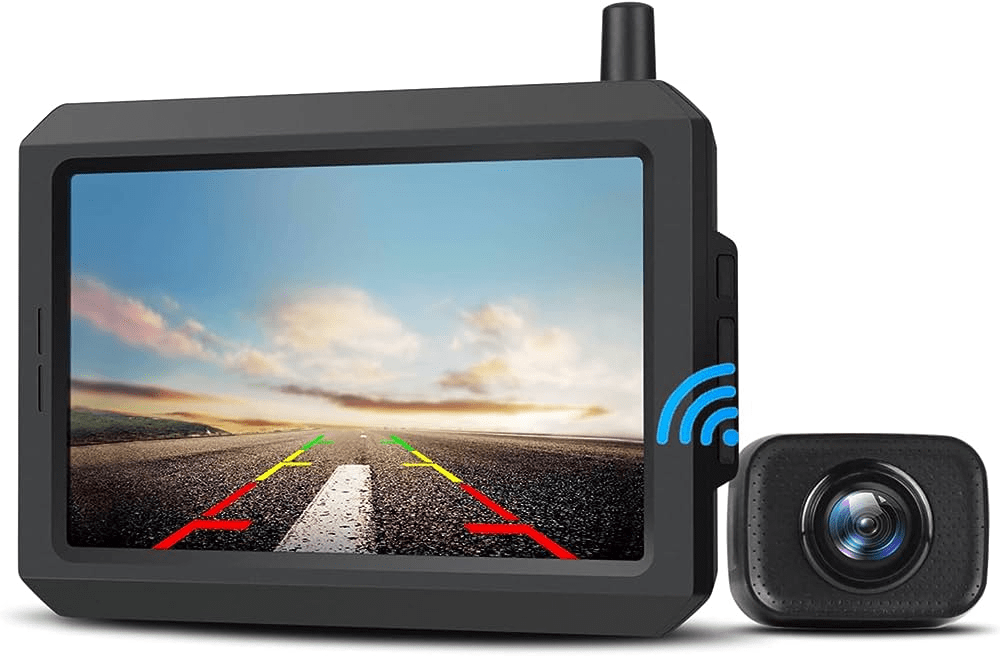In this digital era, smartphones have become indispensable companions, always by our side. The magic of capturing stunning landscapes, candid moments, and beautiful portraits lies in the Backkamera specifications. Navigating the world of Backkamera specs can be overwhelming with technical jargon, but fear not! This guide demystifies these specs, empowering you to choose a device that delivers outstanding photography results. Let’s dive into the exciting world of Backkamera specs and reveal your inner photography prowess!
Four Reasons to Use the Backkamera
- Superior Image Quality
Backkameras deliver higher resolution, sharp, and vibrant photos, perfect for landscapes, portraits, and special moments.
- Versatility
Backkameras offer a wide range of shooting modes, adapting to various photography scenarios.
- Advanced Features
Backkameras incorporate cutting-edge features for professional-grade photos and videos.
- Low-Light Performance
Backkameras excel in low-light conditions, ensuring better image quality even in challenging lighting.
Key Specifications of a Backkamera
- The Role of Megapixels in Image Resolution
Megapixels are the first thing we notice when evaluating a Backkamera. They determine the image resolution. More megapixels can offer higher detail, especially in larger prints. However, for everyday photography and sharing on social media, a moderate megapixel count (12-16MP) is sufficient.
- Impact of Sensor Size on Image Quality
The sensor is the Backkamera’s heart, capturing light and converting it to digital information. A larger sensor size allows more light, resulting in better image quality, especially in low light. But it’s essential to balance sensor size with portability.
- Aperture for Stunning Low-Light and Landscape Shots
Aperture refers to the size of the lens opening, regulating the amount of light that enters the Backkamera. Lower aperture values (e.g., f/1.8) allow more light and are ideal for low-light photography and creating a pleasing background blur. Higher aperture values (e.g., f/2.8) are great for landscapes, keeping both foreground and background in focus.
- Image Stabilization for Sharp and Professional Photos
Image stabilization is crucial for handheld photography, reducing camera shake and producing sharper images. Look for Optical Image Stabilization (OIS) or Electronic Image Stabilization (EIS) for steady and professional shots.
- Autofocus Technology for Swift and Accurate Focus
Autofocus technology determines how quickly and accurately the Backkamera focuses on the subject. Phase Detection Autofocus (PDAF) and Contrast Detection Autofocus (CDAF) are common in smartphone cameras. Dual Pixel Autofocus (DPAF) is an advanced technology for capturing moving subjects or shooting videos.
- HDR for Striking Images with Balanced Tones
HDR captures multiple exposures of the same scene and blends them for a well-balanced image with enhanced details in both shadows and highlights. It’s effective in high-contrast situations like landscapes with bright skies and dark foregrounds.
- Right Zoom Method for Clear and Detailed Close-ups
Optical zoom magnifies the subject without compromising image quality, while digital zoom enlarges the image digitally, often losing detail. For better results, choose a device with optical zoom functionality.
Pro Tips for Using the Backkamera Effectively
- Mastering the Exposure Triangle
Balance light, ISO, and shutter speed for well-lit and balanced photos. Adjust ISO for light sensitivity, shutter speed for capturing motion, and aperture for light control. Finding the right balance yields captivating shots in any lighting.
- Rule of Thirds Composition
Use the rule of thirds for visually compelling shots. Place subjects along grid lines or intersections for balance and interest. This compositional technique adds dynamism and draws the viewer’s eye to key elements.
- HDR for High-Contrast Scenes
Activate HDR for more detail in bright and dark areas. Ideal for landscapes and scenes with varying light intensity. HDR ensures your photos capture the full range of tones, producing stunning, well-balanced images.
- Composition
Take a moment to compose your image, paying attention to leading lines and subject placement. Thoughtful composition enhances the visual impact of your photos, creating captivating and harmonious arrangements.
- Autofocus and Tap-to-Focus
Use autofocus technology or tap on the screen to focus on specific areas. Achieving precise focus ensures your subjects are sharp and brings clarity to every detail.
- Lighting
Adjust camera settings based on lighting conditions for better results. Proper lighting adjustments ensure optimal exposure and prevent overexposed or underexposed areas in your photographs.
- Accurate White Balance
Adjust white balance for true color reproduction. Different lighting can affect color tones. Proper white balance preserves natural colors, making images vibrant and lifelike. A balanced color palette enhances the authenticity of your visuals.
- Shooting Modes
Experiment with various shooting modes for diverse creative possibilities. Each shooting mode offers unique effects and styles, empowering you to unleash your artistic vision and capture moments from different perspectives.
Conclusion
With this guide, you can decipher the world of Backkamera specifications and make informed decisions when choosing a device that matches your photography needs. Consider factors like image quality, versatility, advanced features, and low-light performance. Focus on composition, use autofocus and tap-to-focus, master lighting, and explore shooting modes to elevate your photography. Keep your Backkamera steady for clear, blur-free images. Embrace the magic of photography and capture life’s precious moments with clarity and brilliance!


